How to Keep Pipes From Freezing When Furnace Is Out?
Did your furnace get broken? Learn how you can keep the pipes safe
When your furnace gets broken in the middle of winter, it’s not funny at all. Living in a cold house is not only uncomfortable, it can also make you and your family members get sick! But what if your furnace suddenly collapses in winter and the house starts getting colder and colder? In this article, you will find the answers.
We will tell you how to keep your pipes safe first of all since the flood is definitely not what you want to have in addition to the icy-cold home! Also, we will explain what to do when the furnace goes out in winter.
Finally, you will learn a few handy tips on how your home can be heated if the furnace goes out. With all this in mind, you will be able to keep your pipes safe and be aware of simple actions that will help you avoid freezing them should really cold days arrive.
What to Do to Keep Your Pipes From Freezing When Furnace Is Not Working?
Imagine your furnace went out!
Your house is slowly getting colder and you realize that your pipes might sooner or later collapse if you don’t do anything to prevent it! But what can you do in this case?
First of all, you should take precautious measures when the furnace has just gone out. With the help of these simple actions, you will be able to keep yourself, your rooms, and your pipes warmer a bit longer.

- If there are water supply lines in the garage, make sure your garage doors are tightly closed to not let the cold air in
- To allow warmer air to circulate around the plumbing, keep your kitchen and bathroom cabinet doors open
- When the temperature drops down too much and it is very cold outside, let the cold water drip from the faucet served by exposed pipes. Running water through the pipe helps you keep them from freezing
- Keep the thermostat set to the same temperature both during the day and at night
- If you are planning to go away during cold weather, leave the heat on in your home, just set a temperature that’s no lower than 55° F
But if your pipes have already got frozen, you will have to act differently in order to thaw them and avoid causing any damage to them (since in a frozen state, they are very fragile!).
How do you know they have frozen already?
If you turn on a faucet and only a trickle comes out, it’s very likely that you have a frozen pipe or even several!
To be sure of that, ch

housekeepingbay.com
eck the most common places for frozen pipes that are against exterior walls or where your water service enters your home through the foundation. If you check on them and they are really frozen, this is how your pipes can be thawed and brought back to life and service:
- Keep the faucet open since running water will help you melt ice in the pipe
- Apply heat to the frozen section of the pipe using an electric heating pad wrapped around the pipe. You may also use an electric hair dryer, a portable space heater, or wrap pipes with towels soaked in hot water
- Do not use a blowtorch, kerosene or propane heater, charcoal stove, or other open flame devices for thawing your pipes! It can lead to serious damage!
- Apply heat to the frozen pipe until the full water pressure is restored
- If you can’t locate the frozen area, if the frozen area is hard to access, or if you can not thaw the pipe, you should call a licensed plumber to come and do this for you
With these simple tips and recommendations, you will be able to prevent your pipes from freezing and save them if they have already been affected by winter and low temperatures.
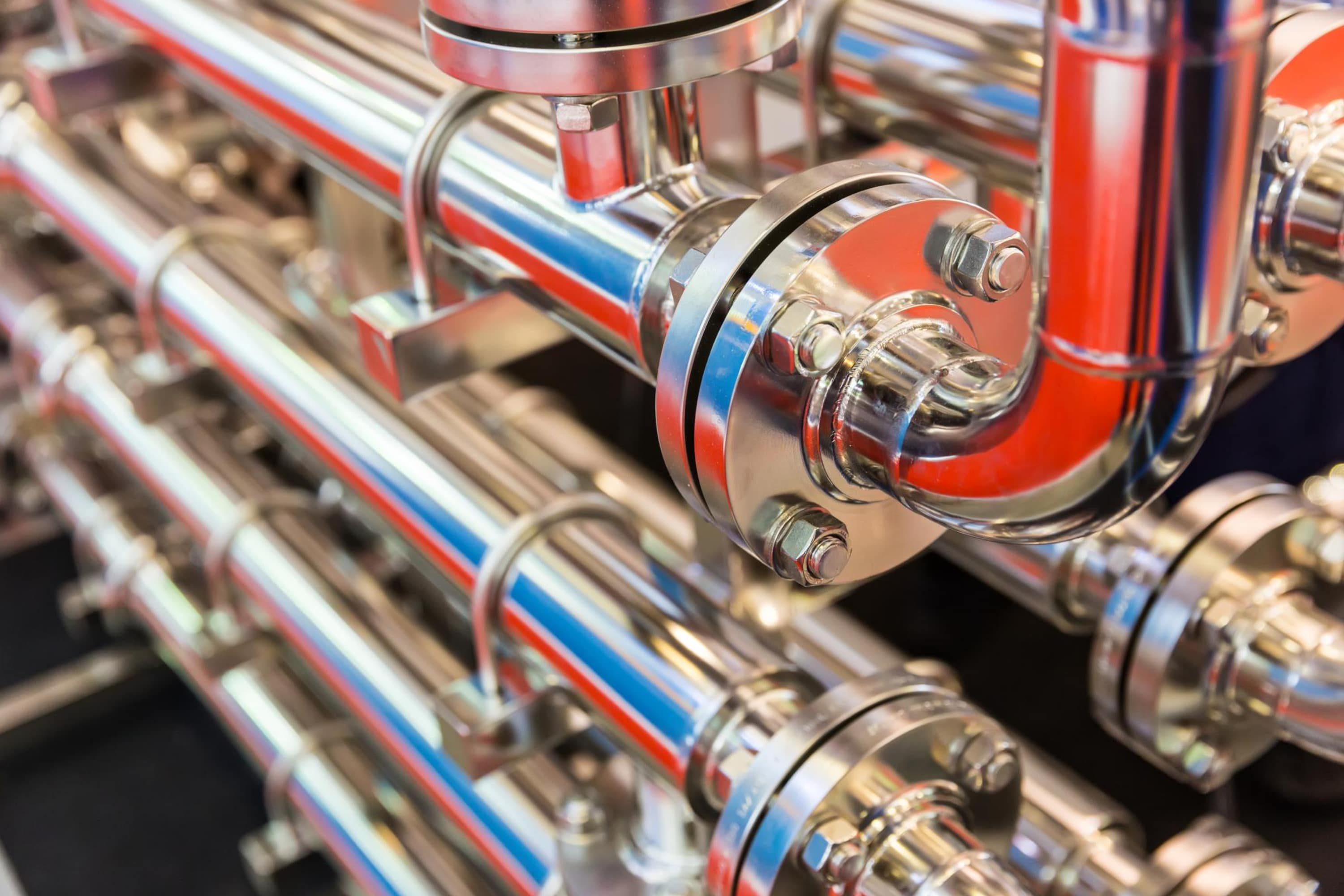
Nomadsoul1 via VistaCreate
Table of Contents
Measures That Should Be Taken to Prevent Your Pipes From Freezing
Although we have explained what steps should be taken to revive your pipes in winter if the furnace goes out, it is always good to know what can help you avoid any trouble with them at all.
So we highly recommend you check out a few simple yet very effective measures that should not be neglected if you want your pipes to survive even the toughest frosts!

wpack_off via VistaCreate
Remember to Insulate Your Pipes
Insulation is the go-to option when it comes to keeping your pipes from being frozen during the winter. Pipe insulation is inexpensive, and you can easily fit it over existing pipes yourself. But the result will be worth it!
First of all, make sure you insulate pipes that are exposed to open (and very cold!) air, such as those found in crawlspaces and basements.

housekeepingbay.com
By installing insulation in those places, you will improve resistance to low temperatures and thus freezing, as well as reduce the risk of a potential frozen pipe burst!
Make Sure You Install Proper Insulation
If you live in an older house or a house that was not built by yourself, you should consider investing in having your insulation inspected by a professional.
If you simply buy insulating materials and install them yourself, chances are that you use the wrong ones! But inadequate insulation will still put your pipes at risk, increasing your heating costs and the risk of the pipes’ collapse!
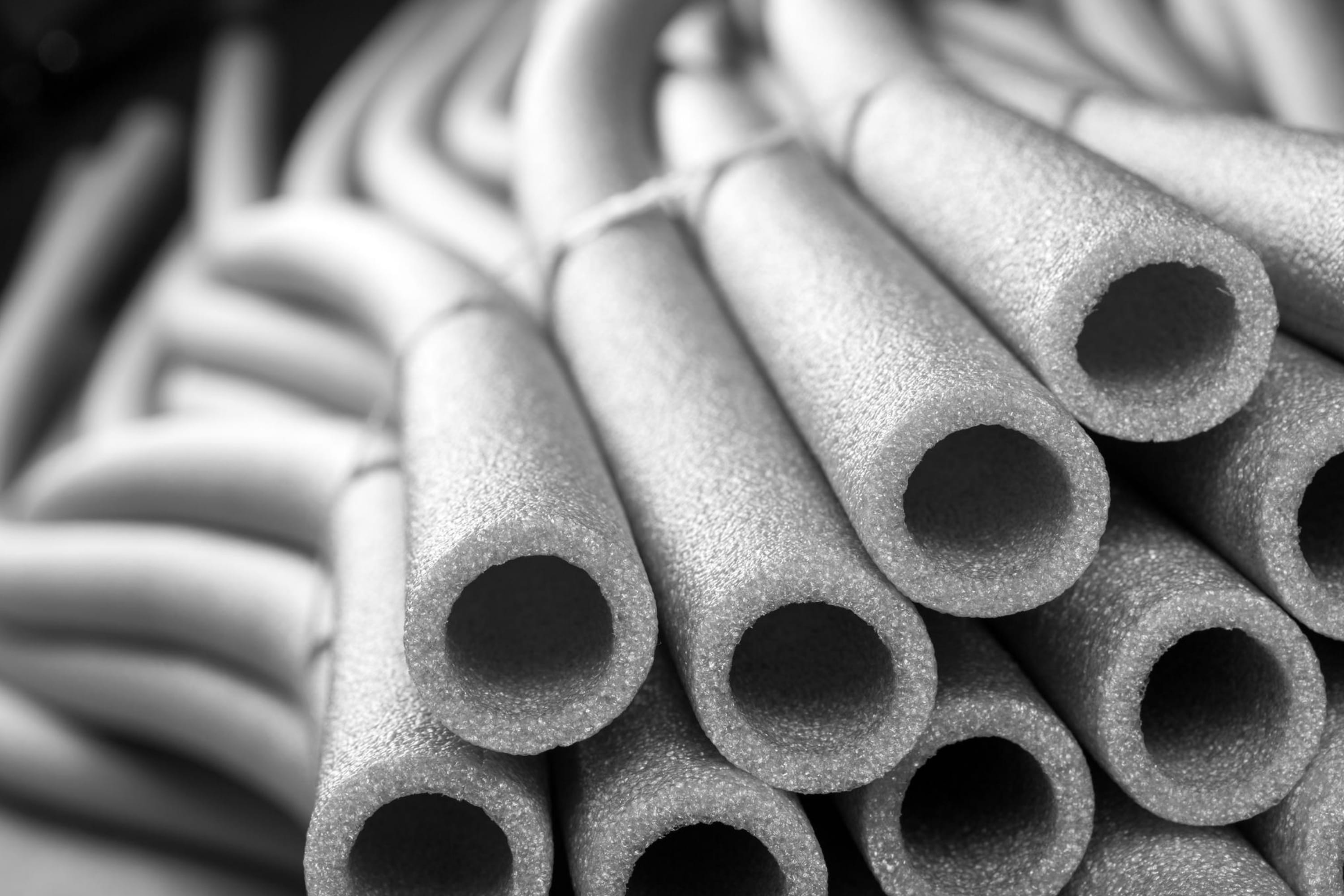
Nomadsoul1 via VistaCreate
Opt For Heating Cables
This is one of the easiest ways to warm your pipes up during the winter. Simply install a heating cable. There are many models of heating cables available on the market, and some of them can transfer heat to your pipes via electricity. With the heating cable installed, you can be absolutely sure that your pipes are properly prepared for freezing cold winter days and nights!
Now you know what steps to take and what measures are needed in order to avoid any problems and trouble with your water pipes during the winter.

housekeepingbay.com
You have several options for preventing their freezing that we have shared, so feel free to either use all of them or opt for a couple of those you find the most suitable for your home.
What to Do If Furnace Stops Working In Winter?
Having no heat in your house in winter is the worst scenario that can ever happen, especially if you live in an area with severe frosts. So if your furnace collapses all of a sudden and stops heating your house, the very first move should be to immediately call a reliable professional. You need to ensure the furnace will be repaired or replaced as soon as possible!

But except from inviting a professional to cope with the faulty appliance, there are some steps you should take to give your pipes as much help as you can. Below, you can find a description of what can help your pipes survive and last until the furnace is fixed or the new heating appliance is installed.
- Leave a faucet slightly running to prevent pipe freezing. It can also prevent a frozen pipe from bursting
- Electric space heaters can be an excellent emergency solution if you place them around your home, paying more attention to the areas where pipes are most vulnerable (basement, near cabinets, etc.)
- Open cabinets, closets, and other spaces that contain plumbing to circulate warmer air
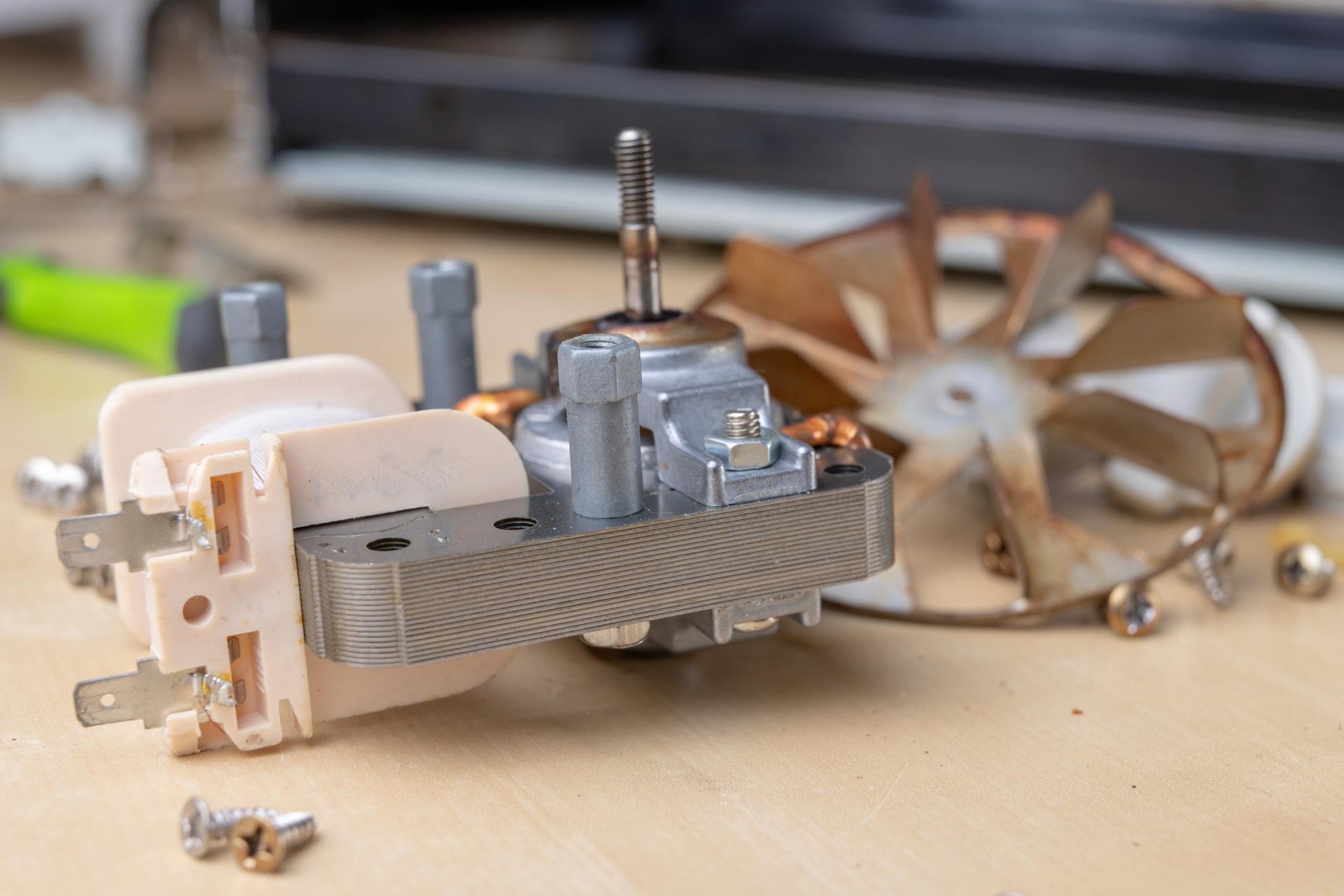
piotrek via VistaCreate
How to Stay Warm In Your House When the Furnace Goes Out?
Ok, if your furnace is broken, you know that you need to fix it or install the new one as soon as possible. But until it happens and the house starts getting warmer again, how are you supposed to keep it warm? Here are a few tips on how to keep your cold house warmer when the furnace breaks.

IgorVetushko via VistaCreate
Stay In the Warmest Room
Find the smallest room with low ceilings in your home and get all you need there like pillows, blankets, books, etc. Now, shut all other doors to keep the heat from getting away, and if there are doorways, seal them off with blankets, towels, etc.
When you and your family members stay there in a sealed space, you will all generate body heat and warm the room.
Warm Up With Some Food
This tip should be used with caution since there is a risk of overeating! But jokes aside, it can really help if you bake a pie or cook a stew. First of all, hot food will warm you from the inside, and second, the oven will generate quite a lot of heat to keep the space warmer! Just don’t use your oven solely as a heater! It is very dangerous and should be avoided.

IgorVetushko via VistaCreate
Put a Rug on Your Floors
If your floors are not carpeted and have no self-heating option, find a rug, a non-slipping blanket, or a towel and lay it down to cover the cold floors. This will help you prevent heat from escaping and keep you and your feet warm.
Keep Your Candles Burning
Candles can not only give you light and create a cozy atmosphere. They are also quite good at warming rooms! The flames can actually produce heat, so if you light many candles, the room will start feeling significantly warmer. Besides, candles are a cheaper alternative to purchasing bulbs or space heaters.
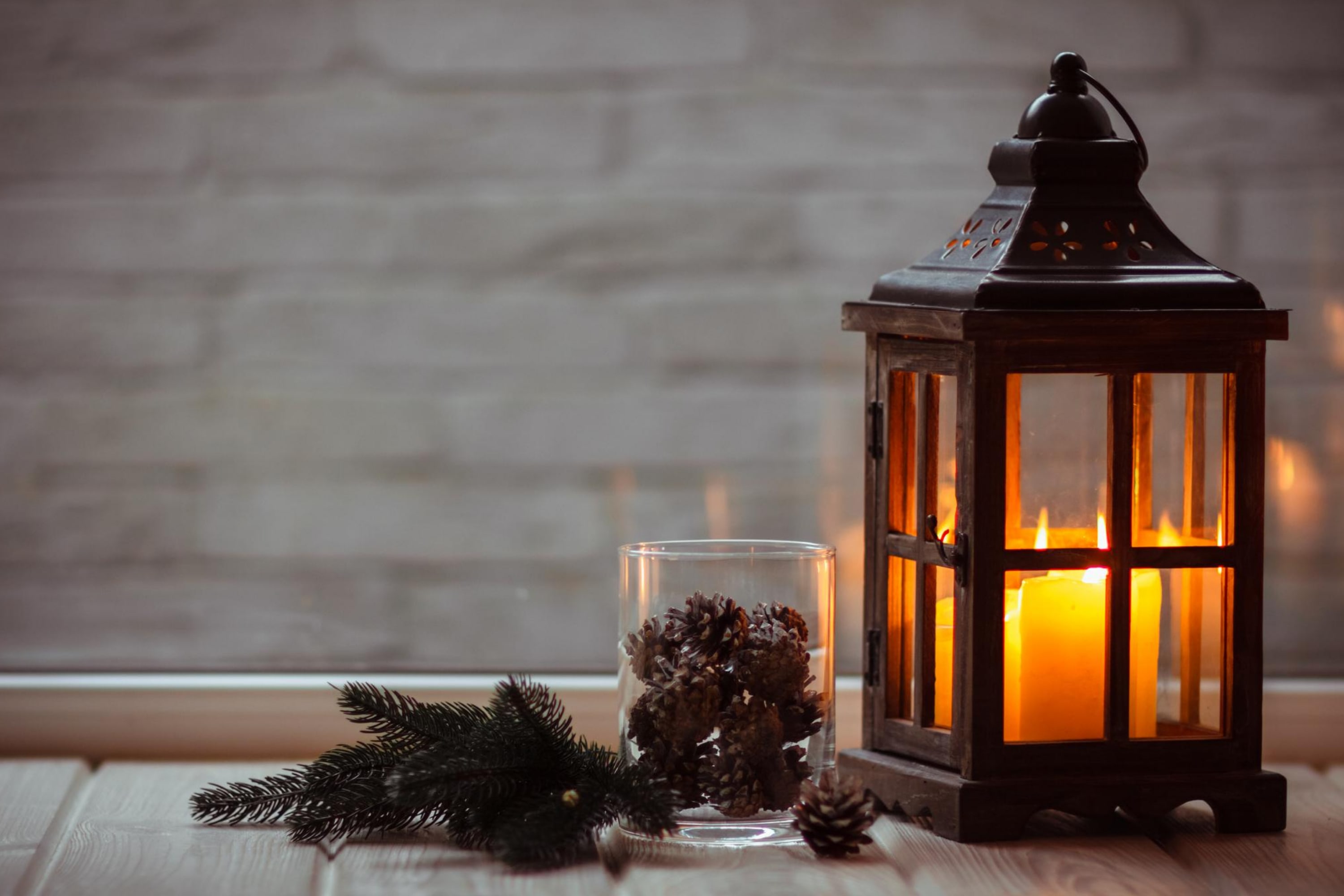
Mikhail_Kayl via VistaCreate
Wear Warm Clothes
The first thing you have to do when it’s getting cold indoors is to keep your body as warm as possible. Make sure you put on some warm socks, a warm woolen sweater, and warm pants. Mittens and a scarf will also be handy if it’s really cold!
Make sure you have a fitted underlayer of clothes like leggings or tights and an insulating outer layer over it.
Electrical Devices May Be a Great Help
To warm up in a cold room, pull out space heaters, heating pads, and heated blankets. They are all great sources of heat in small spaces. But you should not leave the space heater unattended, so make sure you don’t fall asleep on the electric pads and blankets! That can be very dangerous.
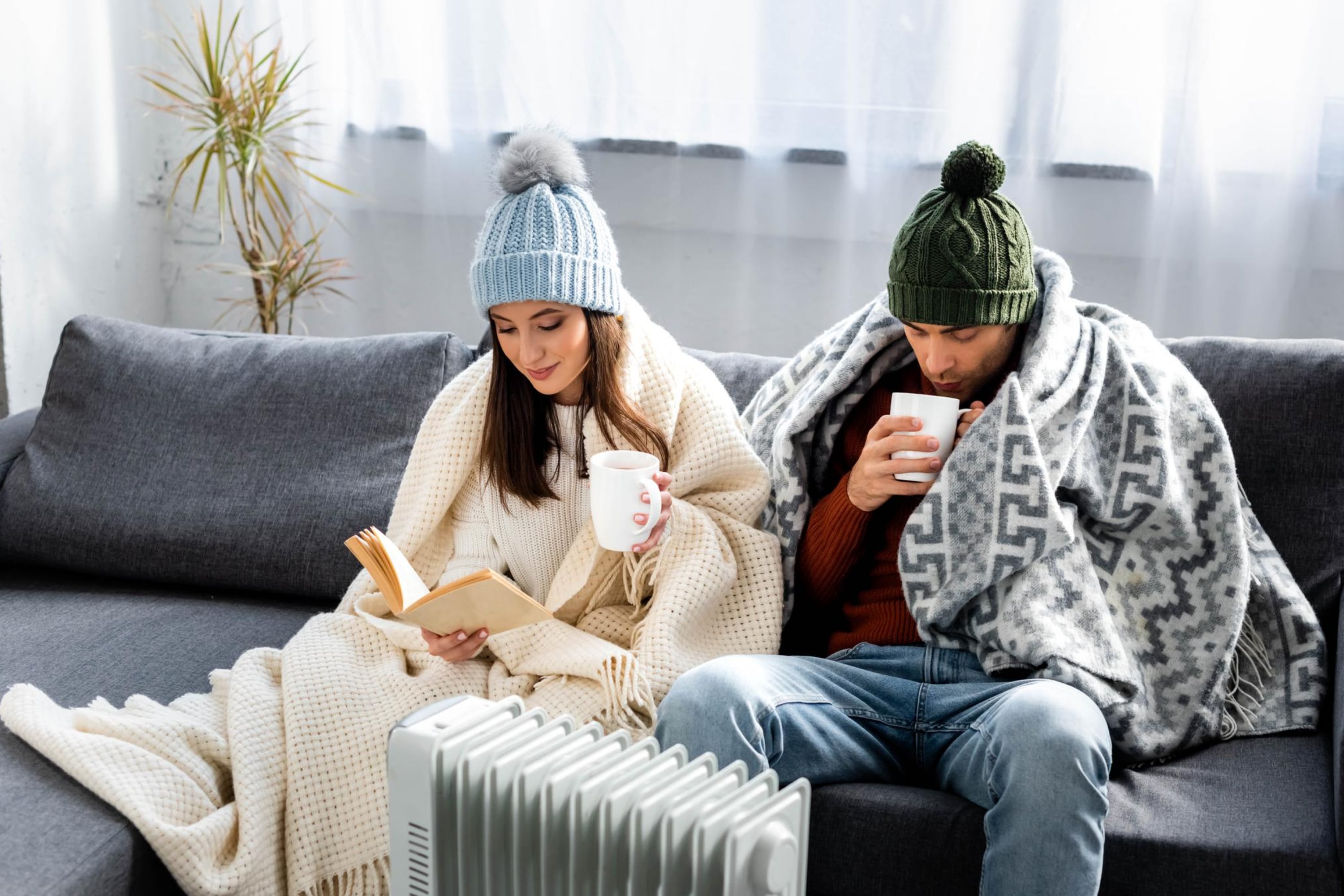
HayDmitriy via VistaCreate
Make a Heating Pad
If you don’t have electrical heating devices, use the simplest method available: take a hot water bottle or warm-wrapped brick and use it instead of a heating pad. Be careful though since it may burn you! So wrap the bottle or brick carefully to keep from injuring yourself.
Well, now you know a lot about what should be done in case your furnace goes out in the middle of the winter. In particular, you have learned how you can prevent your pipes from freezing and what steps should be taken in order to thaw them should you miss the moment and they got frozen due to lack of heat.
Also, we shared plenty of handy tips with you on how to keep yourself warm while your furnace is being fixed or replaced.

housekeepingbay.com
Ever wished paint sampling was as easy as sticking a sticker? Guess what? Now it is! Discover Samplize's unique Peel & Stick samples. Get started now and say goodbye to the old messy way!
Get paint samples




Frequently Asked Questions
⭐How much does it cost to replace a furnace?
A new furnace replacement can cost between $3,000 - $7,600, depending on the size of your home and the efficiency of your new furnace.
⭐How long can a new furnace last?
If well-maintained, a new furnace can last at least 15 to 20 years. But annual maintenance is still needed, plus, if you repair it when needed, it can extend its life even longer.
⭐How often shall I replace my furnace?
The average furnace lasts approximately 18–20 years, so stick to those numbers. Like this, your furnace should be replaced once every 20 years approximately.
4 thoughts on “How to Keep Pipes From Freezing When Furnace Is Out?”
Leave a Reply

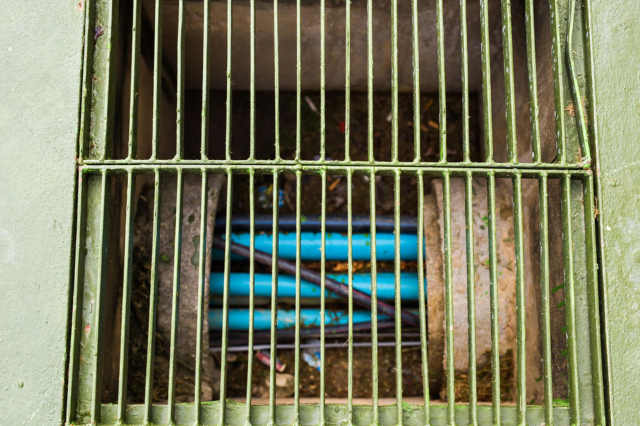
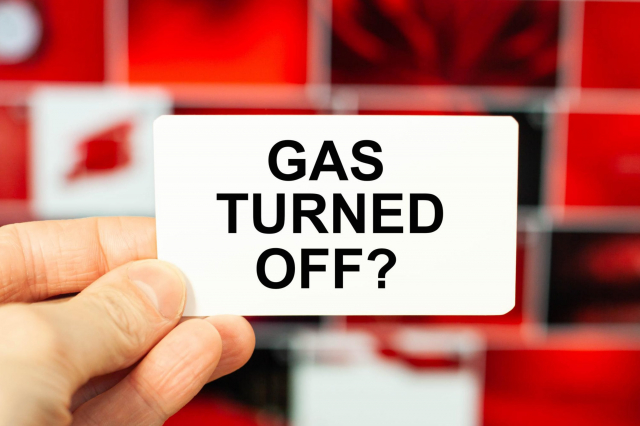


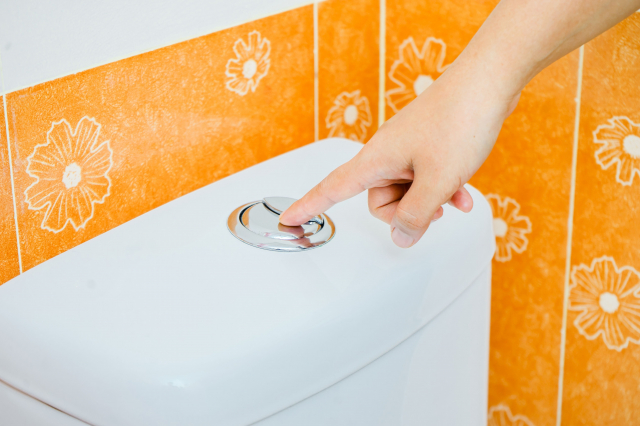
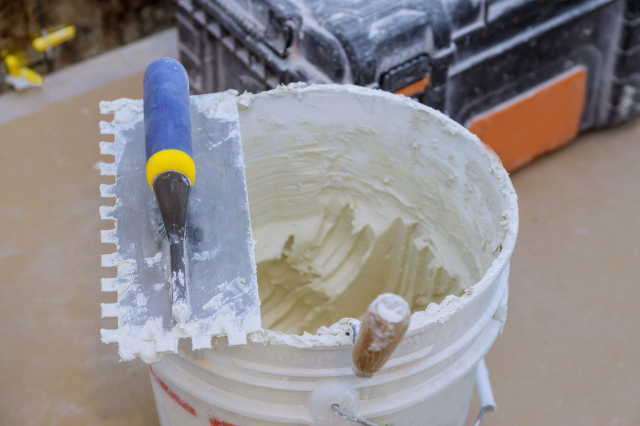

Hi! Do you guys know whether it’s really cheaper to buy a new furnace in summer? We need to replace the existing one and I was going to buy a new appliance, but a friend of mine said I’d better wait until summer. I can afford that (waiting), but will the price be really lower?
Hey there! Yes, it will be indeed. Purchasing a new heater or furnace in the summer can help you save money. The cost of heating and furnace units is generally lower in the summer months because they are not in high demand. Nobody needs heaters when it’s melting hot outside!
My furnace is rather old, nearly 18 years, and it’s starting malfunctioning quite seriously. I’m afraid it can collapse one day so I’d like to replace it. Do you know what time of year it’s best to do it?
Hi! Well, I’m pretty sure it’s either fall or spring. Both seasons will fit. But in general, any time other than what HVAC companies describe as “peak season” is a good time for this kind of job.